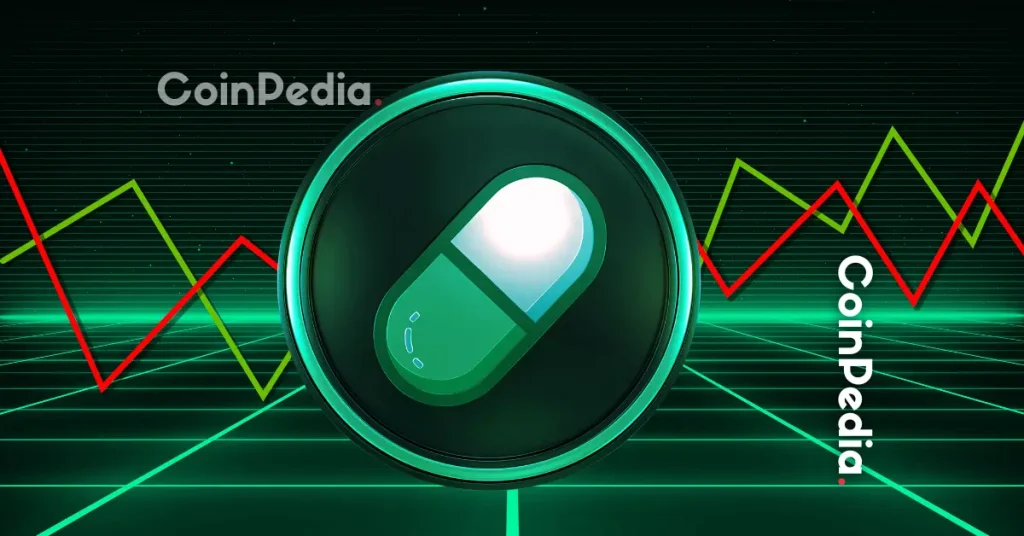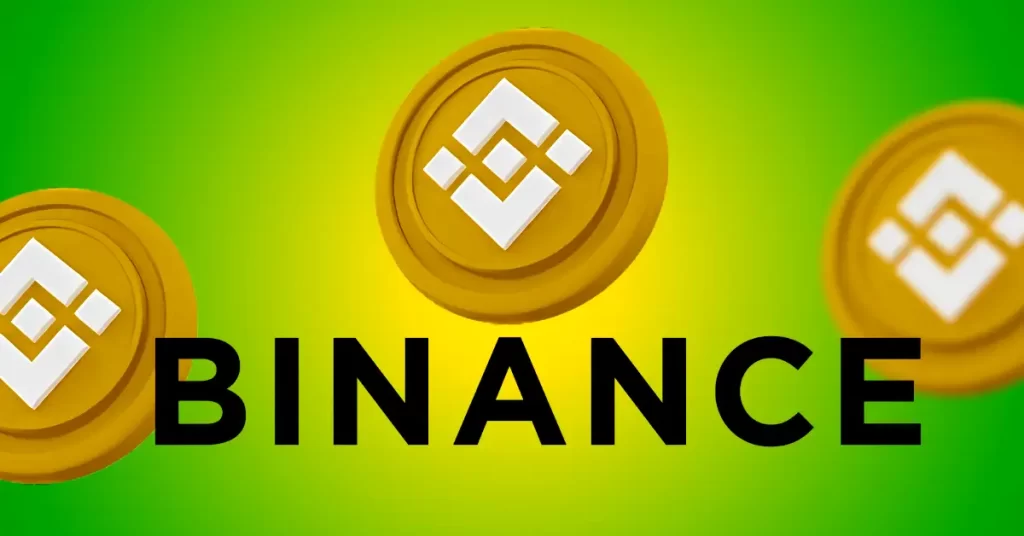
It’s been a turbulent year in markets, to say the least.
But one thing which is both bearish and bullish, in my view, is the correlation between Bitcoin and the stock market. That sounds funny, but let me explain.
Bull case for Bitcoin is a decoupling from stock market
Many Bitcoiners believe that it is only a matter of time before Bitcoin decouples from the stock market, spreads its wings and claims the “hedge” title that has thus far been so elusive.
Without doubt, this is the upside case – Bitcoin’s hard supply cap, circumvention of government control and its unique ability to separate money and state mean that the bull vision is tantalising.
But, in looking at the data, the correlation between Bitcoin and the stock market is as high as it’s ever been; this utopian (or dystopian, depending on your thoughts!) future has never seemed further off. In fact, I plotted the correlation from the start of the year to now, and the results are telling (for the nerds, my choice of metric was the Pearson 6-month rolling coefficient).
For those less familiar with correlation, a coefficient of 0 means no relationship. For example, the correlation between the number of apples you eat on any given day and the number of times that UK Prime Minister Lizz Truss changes her mind is (presumably) close to zero.
A correlation between 1, on the other hand, is perfect. So, the correlation between the number of pints you drink and how drunk you are would be close to +1. And it also follows that -1 is a perfectly negative relationship, so the correlation between the number of pints you drink and how sober you are is likely close to -1.
The closer the number to 1, the stronger the relationship. The closer to -1, the stronger the relationship in the opposite direction. And zero, or somewhere close to it, means there is no meaningful relationship. So, it’s a sliding scale from between -1 and 1.
Let’s look at the graph for the correlation of Bitcoin with the stock market, zooming in on the 2022 time period.
Correlation of Bitcoin and stock market has never been higher
Immediately it is evident that the correlation jumped up massively in late January/February, before kicking up even further in April. Indeed, it has been close to a perfect 1 for a lot of the year, with markets moving in lockstep.
And what is unique about this year? Well, it is the interest rate environment. The Federal Reserve has taken the markets for a spin with its aggressive stance on interest rates. The higher interest rates are hiked, the more liquidity is sucked from the economy and the more bearish things get. Too much hiking and we get the r-word: recession.
The Fed has kicked into gear a new paradigm, as inflation has spiralled off the back of a decade of money printing, quantitive easing and near-zero rates. With COVID kicking all this up to a new level, inflation has gone wild. Cue the interest rate hikes, as the Fed scrambles to rein inflation back in.
So let me add a variable to the previous graph showing the climbing correlation between Bitcoin and the stock market. Take a look at the rolling correlation with the Fed rate sprinkled in:
Hmm. And remember – Bitcoin was only launched in 2009, the year after the world economy melted down as bankers lost the plot, with a subprime mortgage crisis in the US triggering one of the worst financial crises of all time. Since those dark days, the market has been an absolute tear, with one of the longest bull markets in history experienced. This has been the era of skinny interest rates (negative?) and quantitative easing, with outrageous asset gains layered in.
COVID was the same thing, only on steroids. One of the most revealing graphs is the below – from my analysis of money printing and inequality published yesterday).
And then the below graph, too, which shows the scale of the stimulus in comparison to 2008. It’s like comparing to apples to genetically modified, enlarged oranges.
With this context, it makes perfect sense that the correlation is so high. COVID flushed the whole system with cash, and then came inflation. Now, the Fed is intent on sucking all that back out – the worst possible news for markets.
All that really matters right now is the word of Jerome Powell (I spoke about the market’s dependence on this recently here). Markets react based off expectations of future interest rates rises, which come right from Powell’s mouth, as well as the monthly CPI report.
And what is the old adage? Well, correlations go to 1 in a crisis. Investors flee for the safest assets possible, dumping anything and everything for liquidity. Indeed, this is a primary reason behind the dollar’s immense strength this year, something I analysed earlier this year. It is all interconnected.
Looking back at that analysis of the strength of the dollar earlier this year, one of my favourite charts is the below, plotting the strength of the dollar historically and highlighting times of crises. Notice anything?
Bitcoin’s first crisis
Again, nothing is surprising here:
Step 1: Unprecedented money printing. Assets moon, with those further out on the risk spectrum (tech stocks, Bitcoin, Dogecoin etc) seeing more gains.
Step 2: Inflation jumps as a result
Step 3: Federal Reserve pursues aggressive interest rate policy to rein inflation in
Step 4: Assets sell off, with those further out on risk spectrum (tech stocks, Bitcoin, Dogecoin etc) seeing more losses.
And – crucially – sellers don’t discriminate. The selling is widespread, so correlations rise, which is what we are seeing with Bitcoin. It is not necessarily that the stock market is leading Bitcoin; it is that there is a lurking variable – the Federal Reserve – leading them both. Again, go look at the chart above showing the Fed rate against the correlation between the S&P 500 and Bitcoin.
And this is why I have been pounding my head against the table (is that an expression?) all year about one fallacy: the claim that crypto and Bitcoin have been here before. Supporters argue that this is merely the latest of the many dips for crypto.
That is not true. Bitcoin was launched in January 2009, meaning this is the first time it has existed during a macro bear market. Previous crypto winters came amid the low-interest rate, accommodating environment where all was good in the world.
Today, it is expected there will be power cuts on cold nights in London this winter. Big tech companies have shaved 70%+ off their share price. People are struggling to afford milk and bread. So no, crypto has not been here before. Economically, these are dark times. And crypto has never before seen dark times.
What happens next?
This is not me saying that crypto won’t do what it always has – bounce back. I’m just saying that this is not your friendly neighbourhood crypto winter, this is a different beast entirely – driven by the macro bloodbath, with correlations rising accordingly.
Let me circle back to the opening paragraph of this piece when I said that Bitcoin’s growing correlation was both bullish and bearish.
Long-term, Bitcoin must decouple to achieve its “goals” of becoming a store of value; an exit from the government-controlled world of fiat money. That is hard to argue with. And in that sense, seeing its sky-high correlation, which has risen so much this year, is disappointing. Certainly, Bitcoin will have zero hope in the long run if it does not quit this dirty volatility habit, as well as refusal to do anything without holding the stock market’s hand.
The reason I say that it is also a bit bullish is that it shows Bitcoin is now a mainstream financial asset. Previous years displayed a Bitcoin not overly correlated with the market. It was a nerdy magical money thing on the Internet, something your friend’s older sibling told you about a barbeque.
Liquidity was sparse and it didn’t impact the wider financial market.
But now, it has arrived. Adoption has rocketed. It is presented alongside the Dow Jones and gold when media outlets show the daily market movers. The correlation backs this up – it is moving with the stock market more than ever before.
The next step is dumping that correlation. And looking at Bitcoin’s fundamentals, which are more like a commodity than equity (the opposite of Ethereum, incidentally), it has the makeup to do so. The real question is whether people will realise this and start to value it as such.
And that is what makes it so riveting as an asset class. We have never seen something like this before – a sort of commodity living in the digital world. It’s why its range of outcomes is arguably wider than any other asset.
Whatever happens, it will be a fun ride. But the numbers show that right now, Bitcoin is nothing more than the stock market’s toy, being tossed around at will.
The post Why is Bitcoin so correlated with the stock market? A Deep Dive appeared first on Invezz.















 English (US) ·
English (US) ·